What is on my euphorbia??!!??
7 years ago
Featured Answer
Sort by:Oldest
Comments (20)
Related Professionals
Matthews Landscape Contractors · Barrington Landscape Contractors · Coram Landscape Contractors · Live Oak Landscape Contractors · Middletown Landscape Contractors · Stallings Landscape Contractors · Auburn General Contractors · Bloomington General Contractors · Jackson General Contractors · Lincoln General Contractors · Mira Loma General Contractors · Rancho Cordova General Contractors · Carol City Carpenters · Bethany Decks, Patios & Outdoor Enclosures · Carmel Decks, Patios & Outdoor Enclosures- 7 years ago
- 7 years ago
- 7 years ago
- 7 years ago
- 7 years ago
- 7 years ago
- 7 years ago
- 7 years ago
- 7 years ago
- 7 years ago
- 7 years ago
- 7 years agolast modified: 7 years agomiacomas04 thanked rina_Ontario,Canada 5a
- 7 years ago
- 7 years ago
Related Stories
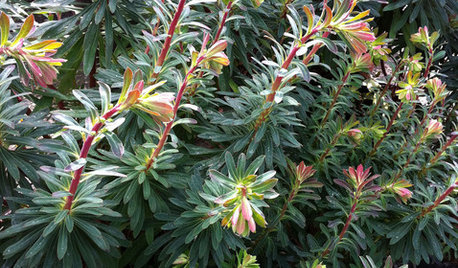
GARDENING GUIDESGreat Design Plant: Euphorbia
The daring colors and low water needs of this tropical plant make it a favorite for injecting life into tired landscapes year-round
Full Story
GARDENING GUIDESGreat Design Plant: Euphorbia Antisyphilitica
The waxy, leafless stems of this Southwest native succulent are described as “little candles,” and it thrives on neglect
Full Story
CONTAINER GARDENS3 Steps to Creating Quick, Easy and Colorful Succulent Containers
Take a bright container, add a colorful succulent or two and have a professional, summery design in minutes
Full Story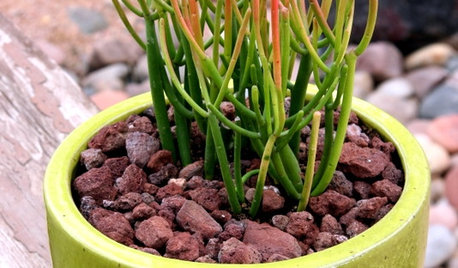
GOLD FOLIAGEGreat Design Plant: Milk Bush
With a rubbery texture and cartoon-like branches, this succulent brings an unusual, exotic energy to landscapes and container gardens
Full Story
GARDENING GUIDESGreat Garden Combo: 3 Wonderful Plants for a Deer-Resistant Screen
Protect your privacy and keep deer at bay with a planting trio that turns a problem garden area into a highlight
Full Story
GARDENING GUIDES9 Self-Seeders Capture Chelsea Flower Show Magic
Give your garden show-worthy style with these plants beloved by top designers
Full Story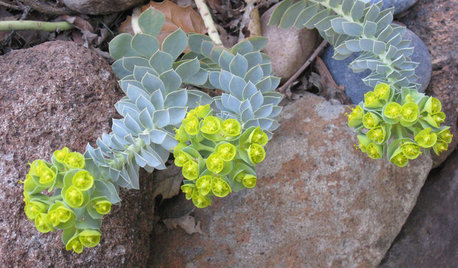
BLUE AND GRAY FOLIAGEGreat Design Plant: Donkey Spurge
Yes, there's the awful name, plus the sap issue. But this plant's foliage and flowers bring something special to Eastern U.S. gardens
Full Story
GARDENING GUIDESGreat Design Plant: Pride of Madeira
Try this drought-tolerant stunner for its massive flower spikes that burst with purple, drawing butterflies and birds to the garden
Full Story
GARDENING GUIDES10 Cold-Hardy Succulents for Cool-Season Interest
These attractive plants shrug off colder temperatures, and many can be brought inside in containers in extra-chilly climates
Full StoryMore Discussions






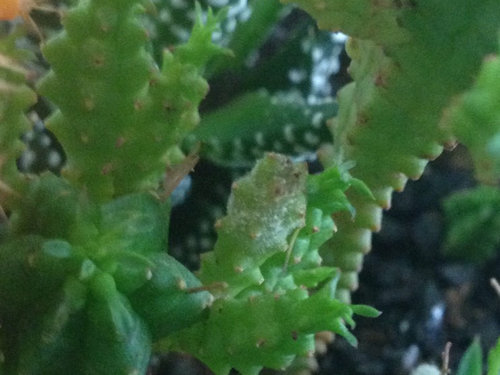
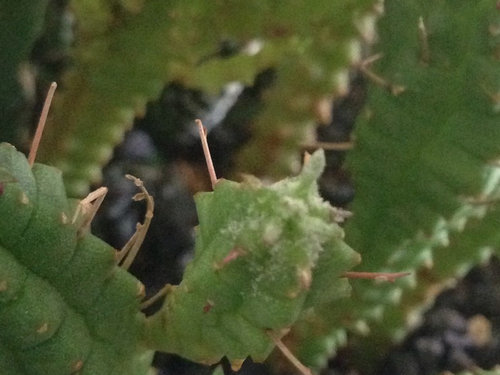
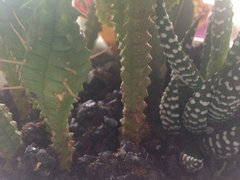
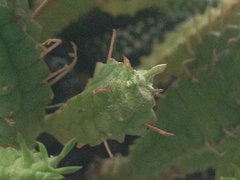
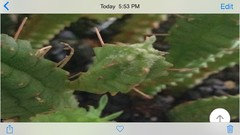
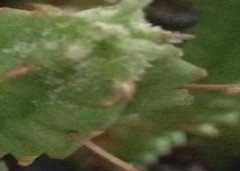

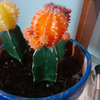
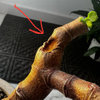
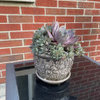
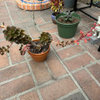
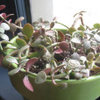
garrett222